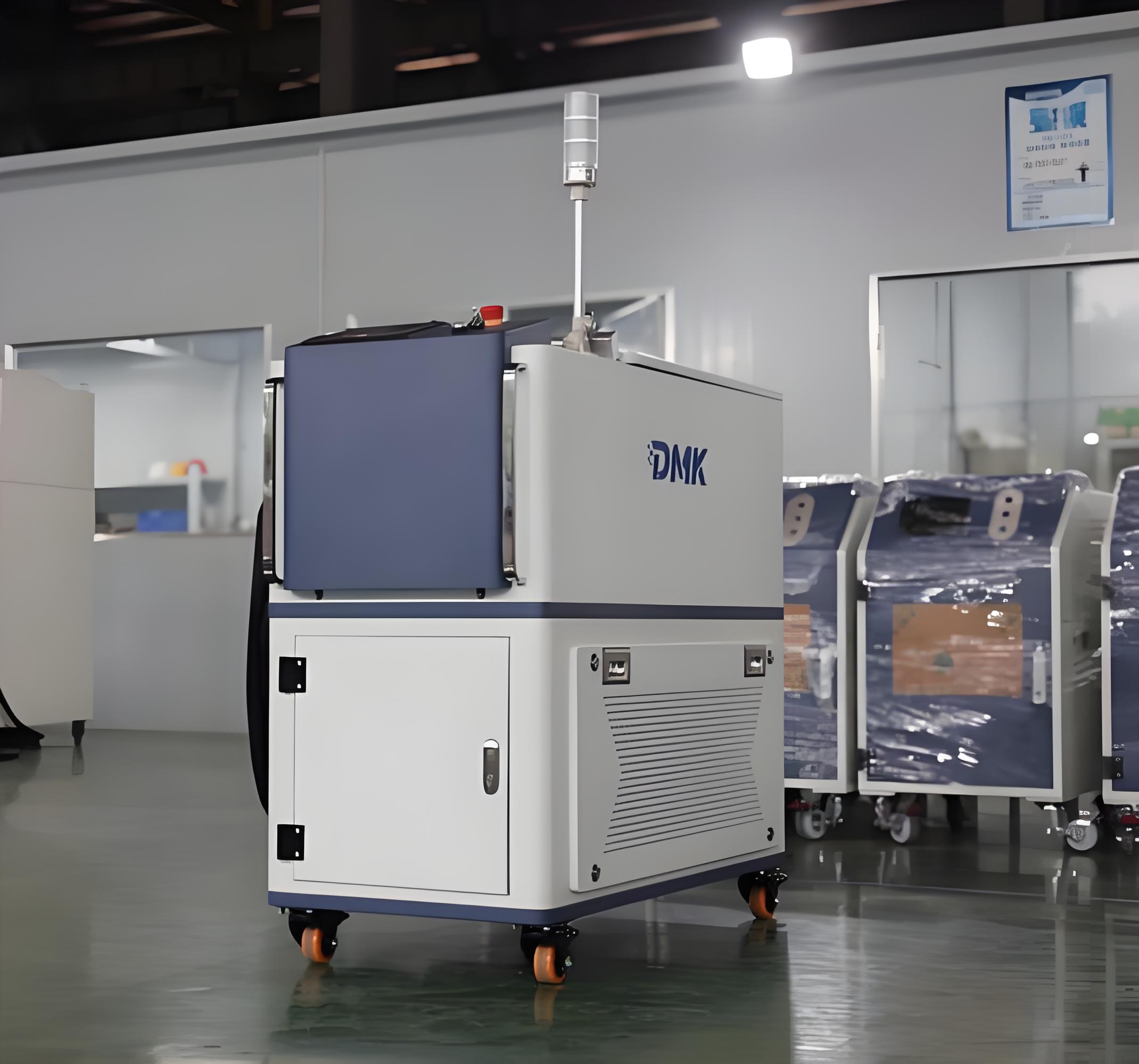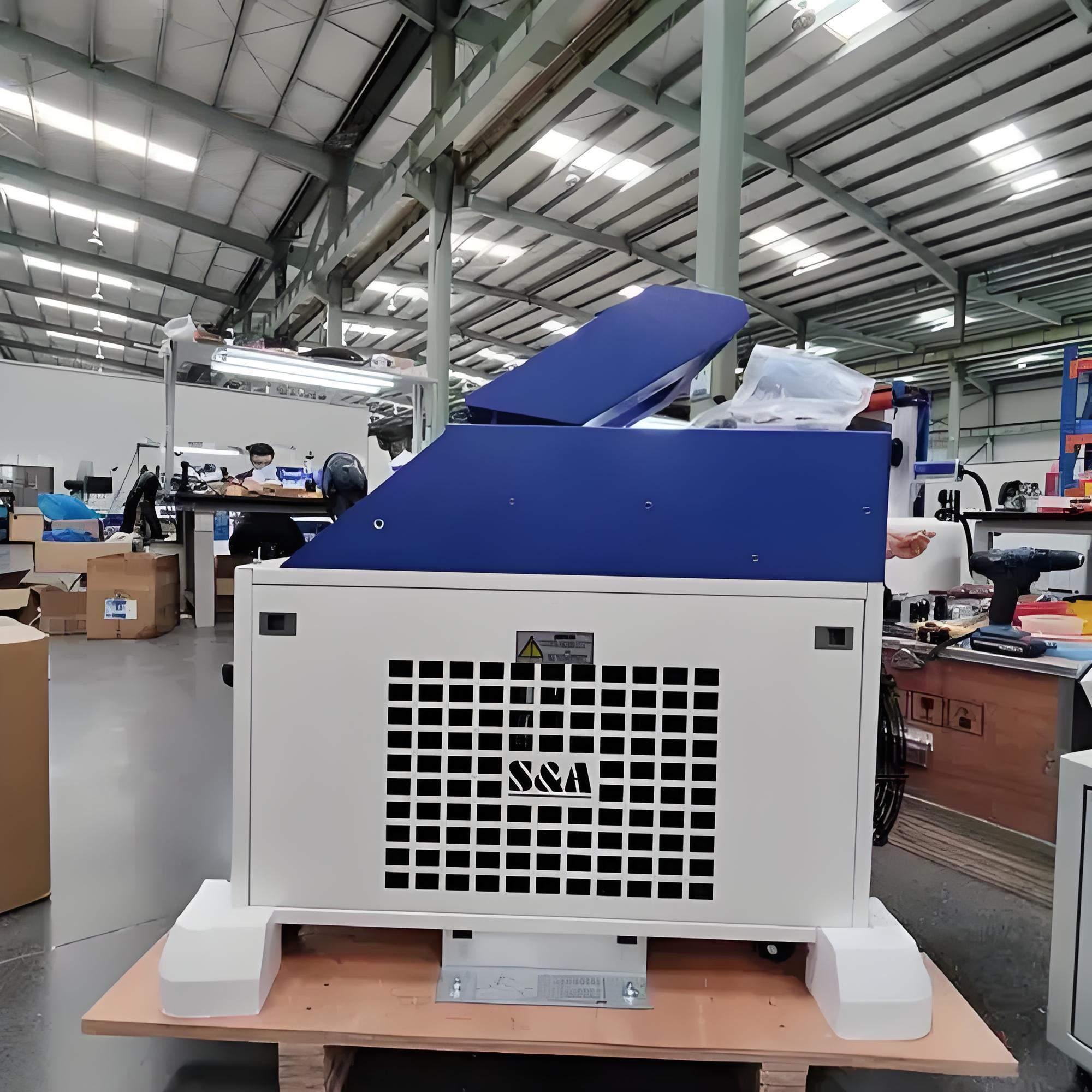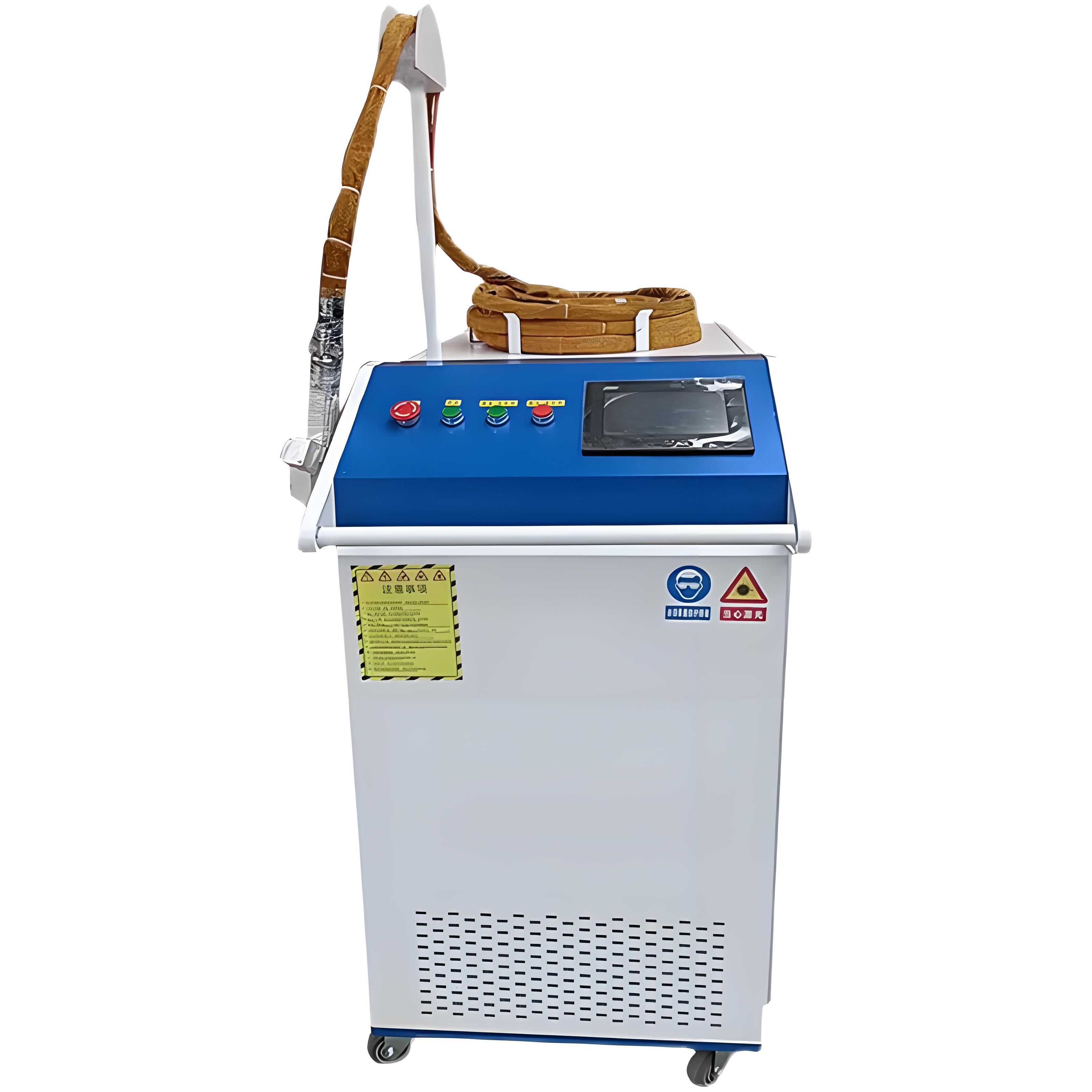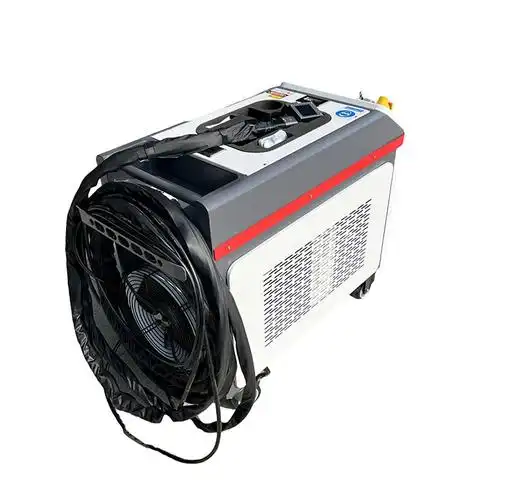Having worked in industrial cleaning and surface preparation for over 15 years, I’ve spent countless hours testing and implementing various methods to tackle rust and contamination on metal surfaces. From aerospace factories to marine repair yards, I’ve seen the stakes of choosing the right cleaning technology—whether it’s meeting tight specs, controlling costs, or ensuring worker safety. One question I hear frequently from engineers and facility managers is whether laser rust removal or ultrasonic cleaning is the better choice for their needs. Both are cutting-edge, eco-friendly solutions, but they serve different purposes and shine in different scenarios. In this article, I’ll share my firsthand experiences, compare the two technologies, and help you decide which one suits your specific application.
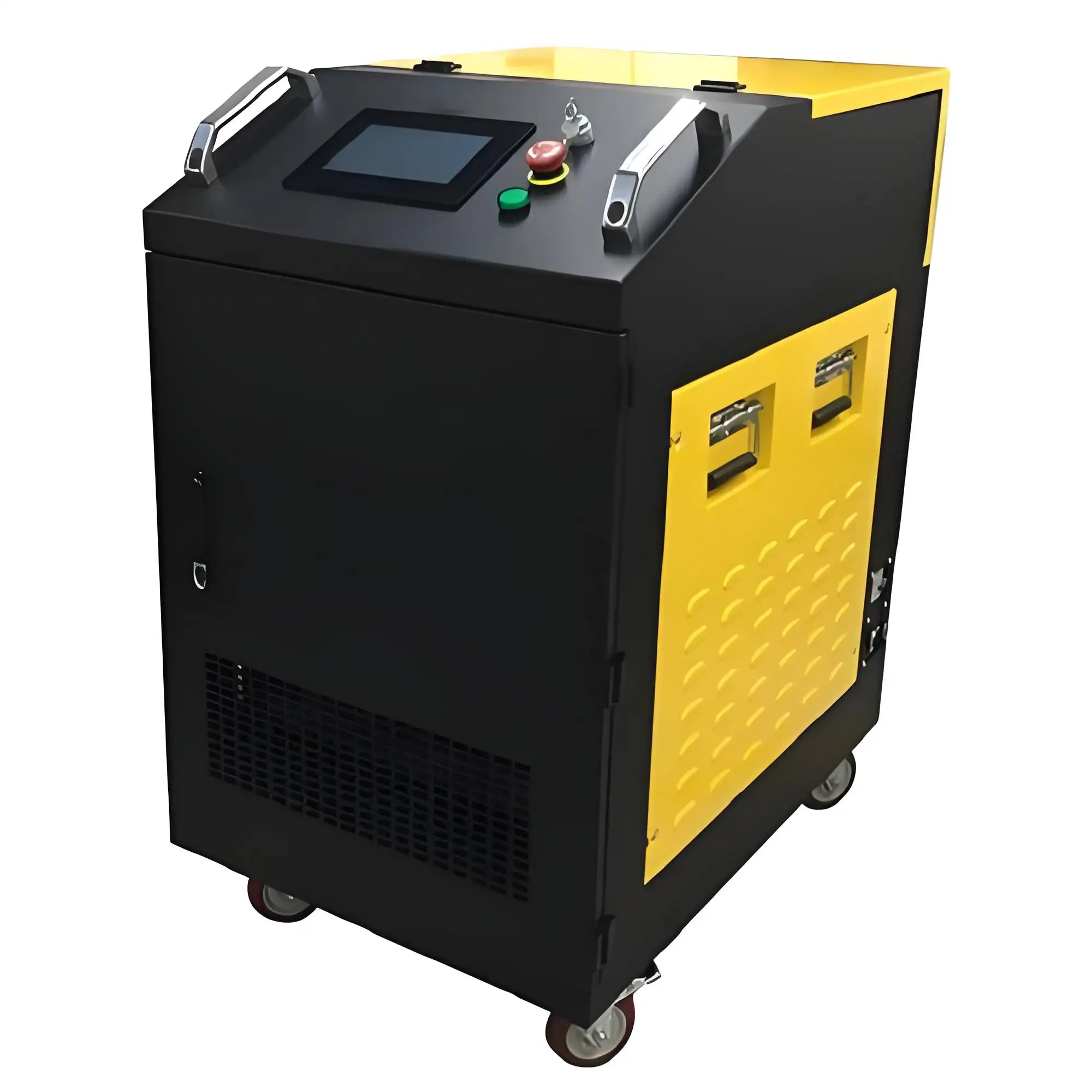
Understanding the Two Technologies
Before diving into the comparison, let’s clarify how each method works. Laser rust removal uses a high-powered laser beam to vaporize rust, paint, or other contaminants from a metal surface. The laser’s energy targets the rust, leaving the underlying material largely unaffected. I first saw this in action at a steel fabrication plant, where a CleanLASER unit stripped rust from beams in minutes, leaving a clean, precise finish.
Ultrasonic cleaning, on the other hand, involves submerging parts in a liquid bath (usually water or a solvent) where high-frequency sound waves create microscopic bubbles that scrub away contaminants. I’ve used ultrasonic systems in automotive shops to clean intricate engine parts, and the results were impressive for hard-to-reach areas.
Both methods are non-abrasive and environmentally friendly, but their applications, costs, and outcomes vary significantly. Let’s break down the key factors to help you choose.
Key Comparison Factors
1. Effectiveness on Rust
Laser Rust Removal: Lasers excel at removing rust, especially on flat or accessible surfaces. The beam vaporizes oxide layers without damaging the base metal, achieving a clean, uniform finish. In a shipyard project, I used a P-Laser machine to clean rusted hull plates, and it removed even thick rust in a single pass, leaving the surface ready for welding. However, lasers struggle with deeply pitted rust or complex geometries where the beam can’t reach.
Ultrasonic Cleaning: Ultrasonic systems are fantastic for intricate parts with nooks and crannies. The sound waves penetrate blind holes and crevices, removing rust, grease, and dirt. I’ve seen ultrasonic tanks clean rusted bolts and small engine components to a near-new state. However, for heavy rust or thick oxide layers, ultrasonic cleaning can be slower and may require multiple cycles or stronger chemicals, which adds complexity.
Verdict: Lasers are better for surface rust and large, flat areas; ultrasonics win for intricate parts or internal surfaces.
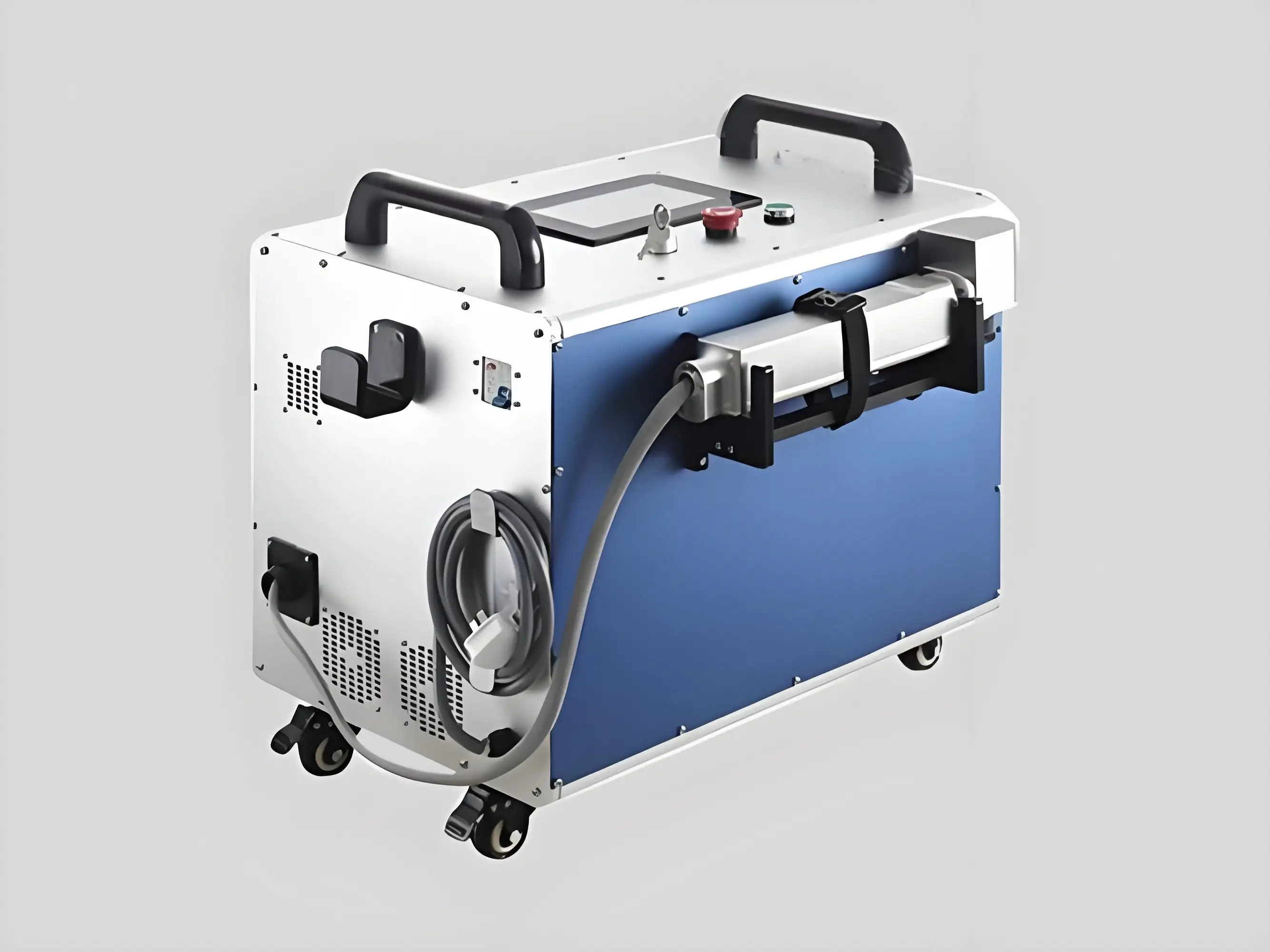
2. Impact on Surface Roughness
Surface texture is critical for applications like coating or welding. Laser rust removal is designed to be non-abrasive, typically changing surface roughness (Ra) by less than 0.2 micrometers. In an aerospace project, I cleaned aluminum components with a laser, and post-treatment measurements showed an Ra shift from 0.8 to 0.79 micrometers—negligible for most specs.
Ultrasonic cleaning is also gentle, as it relies on cavitation rather than physical abrasion. However, if harsh chemicals are used to boost cleaning, they can slightly etch the surface, increasing Ra by 0.1-0.5 micrometers. In one case, I noticed a slight roughening on soft aluminum parts when using an aggressive cleaning solution, which we mitigated by switching to a milder formula.
Verdict: Both are surface-friendly, but lasers have a slight edge for precision applications where roughness must stay tightly controlled.
3. Speed and Efficiency
Laser Rust Removal: Lasers are fast for large surfaces. A 1000W laser can clean up to 10-20 square meters per hour, depending on rust thickness. In a factory cleaning steel plates, we finished a 50-square-meter job in under three hours. However, complex shapes or small parts require slower, manual scanning, which can reduce speed.
Ultrasonic Cleaning: Ultrasonics are slower for large surfaces but efficient for batches of small parts. A tank can clean dozens of components at once, with cycle times of 5-30 minutes depending on contamination. At an automotive shop, we cleaned 50 rusted bolts in a 20-minute cycle, saving hours compared to manual scrubbing. However, setup (filling tanks, heating solutions) adds time.
Verdict: Lasers are faster for large, flat surfaces; ultrasonics are better for batch cleaning of small, complex parts.
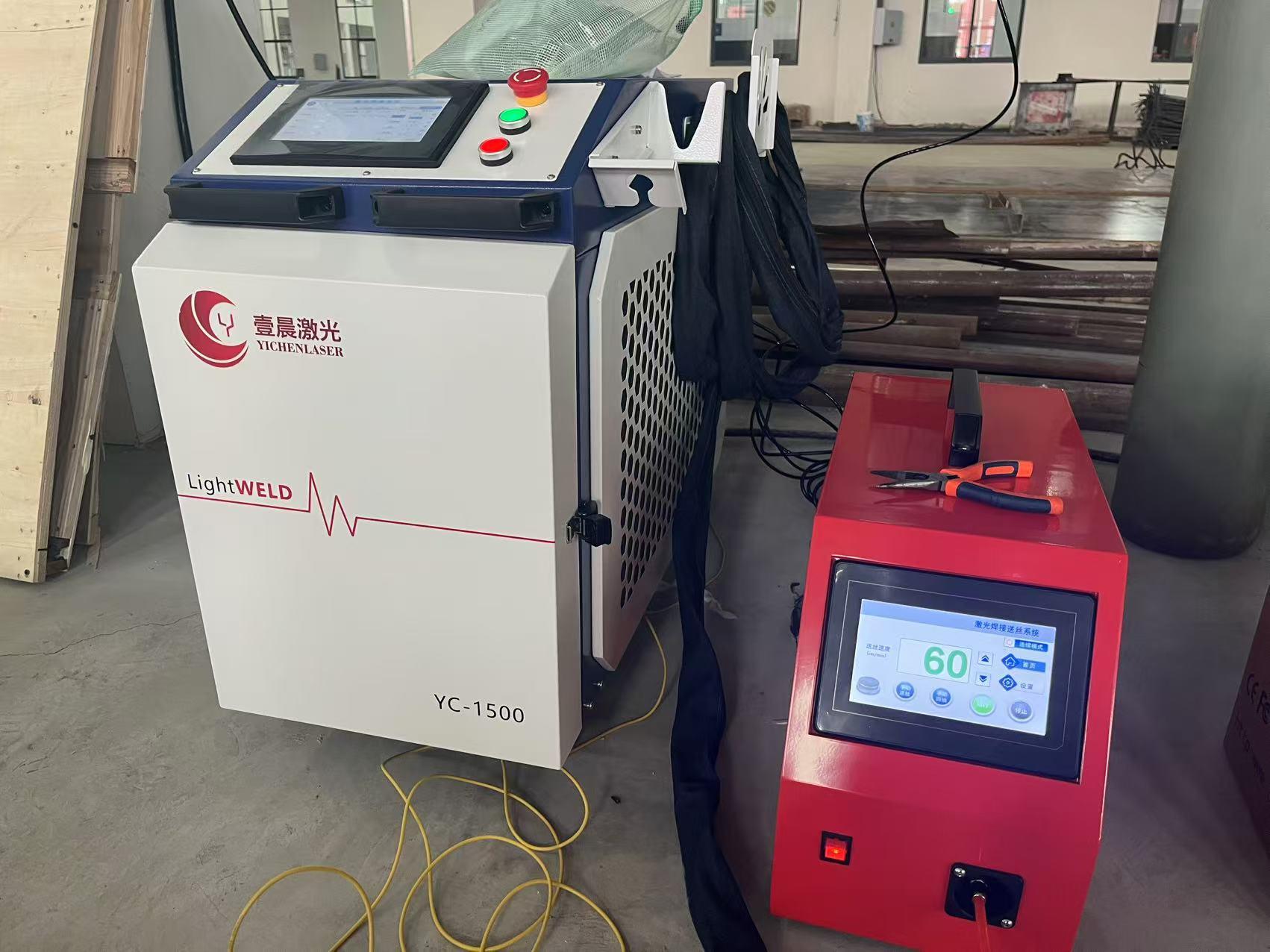
4. Cost Considerations
Laser Rust Removal: The upfront cost is high—$10,000-$100,000 for industrial-grade units, depending on power and features. Operating costs are low, as lasers use only electricity (about 5-10 kWh per hour at $0.15/kWh, or $0.75-$1.50/hour). Maintenance is minimal, with annual costs around $500-$1,000. In a marine repair project, a laser system paid for itself in two years by reducing labor and waste disposal costs.
Ultr Portal Cleaning: Ultrasonic tanks are more affordable, costing $2,000-$20,000 for commercial units. Operating costs include electricity (similar to lasers) and cleaning solutions, which can run $100-$500 monthly for heavy use. Maintenance (e.g., replacing transducers) costs $300-$800 annually. A small factory I worked with found ultrasonics cheaper upfront but more expensive long-term due to solution costs.
Verdict: Ultrasonics are cheaper to start with; lasers save more over time for high-volume operations.
5. Environmental Impact
Both methods are eco-friendly compared to sandblasting or chemical stripping. Laser rust removal produces no secondary waste, as rust is vaporized into minimal dust (often collected by a vacuum system). I’ve seen this appeal to clients in regulated industries like aerospace, where waste disposal costs can exceed $2,000 annually.
Ultrasonic cleaning uses water or biodegradable solutions, but spent solutions may require disposal as hazardous waste, costing $500-$1,500 per year depending on volume. In one project, we switched to eco-friendly solutions to cut disposal costs by 40%, but it still wasn’t as clean as laser.
Verdict: Lasers have a slight edge for minimal waste; ultrasonics are green but require careful solution management.
6. Safety and Ease of Use
Laser Rust Removal: Lasers require safety precautions like protective eyewear and enclosed work areas to avoid beam exposure. They’re easy to operate once trained, with intuitive controls. I trained a team in a day to use a Laserax unit safely. However, high-powered lasers need proper ventilation to handle vaporized rust particles.
Ultrasonic Cleaning: Ultrasonics are safer, with no risk of beam exposure. The main hazards are handling hot or chemical solutions, which requires gloves and ventilation. Setup is straightforward but involves more steps (e.g., filling tanks, adjusting frequencies). In a factory, operators picked up ultrasonic cleaning faster than laser due to its simplicity.
Verdict: Ultrasonics are safer and easier to start with; lasers require more training but are user-friendly once mastered.
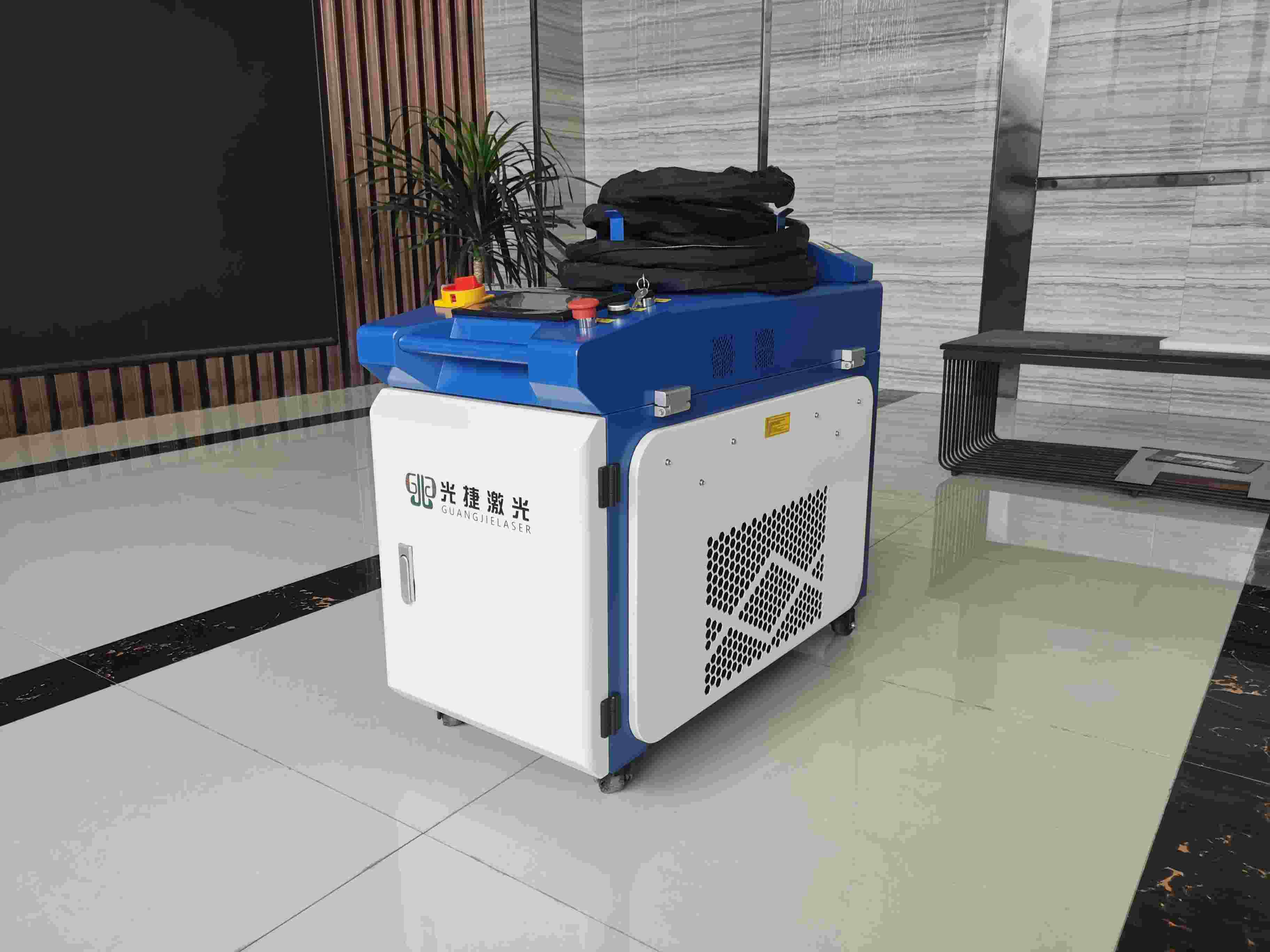
Comparison Table
Here’s a side-by-side look at the two methods based on my experience:
|
Feature |
Laser Rust Removal |
Ultrasonic Cleaning |
Best For |
|---|---|---|---|
|
Rust Removal |
Excellent for surface rust |
Excellent for intricate parts |
Lasers: flat surfaces; Ultrasonics: complex shapes |
|
Surface Roughness |
Minimal change (±0.2 μm) |
Minimal, but chemical risk (±0.1-0.5 μm) |
Lasers for precision specs |
|
Speed |
Fast for large areas (10-20 m²/hr) |
Fast for batch cleaning (5-30 min) |
Lasers: large parts; Ultrasonics: small batches |
|
Cost |
High upfront, low operating |
Lower upfront, higher operating |
Lasers for long-term savings |
Note: Performance and costs vary by machine model, material, and application.
Real-World Examples
Let me share a couple of stories to ground this comparison. At a marine repair yard, we needed to clean rusted steel plates for welding. A CleanLASER CL1000 was our go-to, stripping rust from 30 square meters in two hours with no change to surface roughness (Ra stayed at 2.0 micrometers). The speed and waste-free process saved $3,000 in labor and disposal costs compared to sandblasting. Ultrasonics weren’t practical here due to the large surface area.
In contrast, an automotive shop needed to clean rusted engine valves and bolts. We used an ultrasonic tank to process 100 parts in a 15-minute cycle, removing rust from internal threads that a laser couldn’t reach. The setup cost was $5,000 versus $20,000 for a comparable laser, making ultrasonics the better choice for their budget and small-part focus.
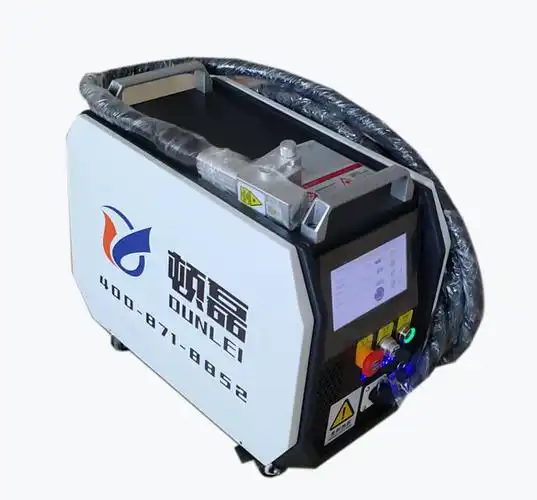
When to Choose Each Method
Based on my experience, here’s how to decide:
Choose Laser Rust Removal If:
You’re cleaning large, flat surfaces like steel plates, hulls, or structural components.
Surface roughness is critical (e.g., for coatings or welding).
You want minimal waste and low long-term costs.
Your operation can afford the higher upfront investment.
Choose Ultrasonic Cleaning If:
You’re cleaning intricate or small parts with complex geometries (e.g., bolts, gears, or engine components).
Your budget is limited, and you need a lower upfront cost.
You’re okay with managing cleaning solutions and disposal.
Speed is less critical than thoroughness in hard-to-reach areas.
Practical Tips for Implementation
If you’re leaning toward one of these methods, here’s how to make it work based on my experience:
For Laser Rust Removal:
Invest in a reputable brand like CleanLASER, P-Laser, or Laserax for reliable performance.
Train operators on laser safety and settings (e.g., power, pulse frequency) to avoid surface damage.
Test on a sample to ensure the settings match your material and roughness requirements.
Budget for $10,000-$50,000 for a commercial-grade unit, depending on power needs.
For Ultrasonic Cleaning:
Choose a tank size that matches your part volume (e.g., 10-50 liters for small shops).
Use biodegradable solutions to minimize disposal costs and environmental impact.
Adjust frequency (e.g., 40 kHz for general cleaning, 25 kHz for heavy rust) based on your needs.
Expect $2,000-$15,000 for a quality commercial tank.
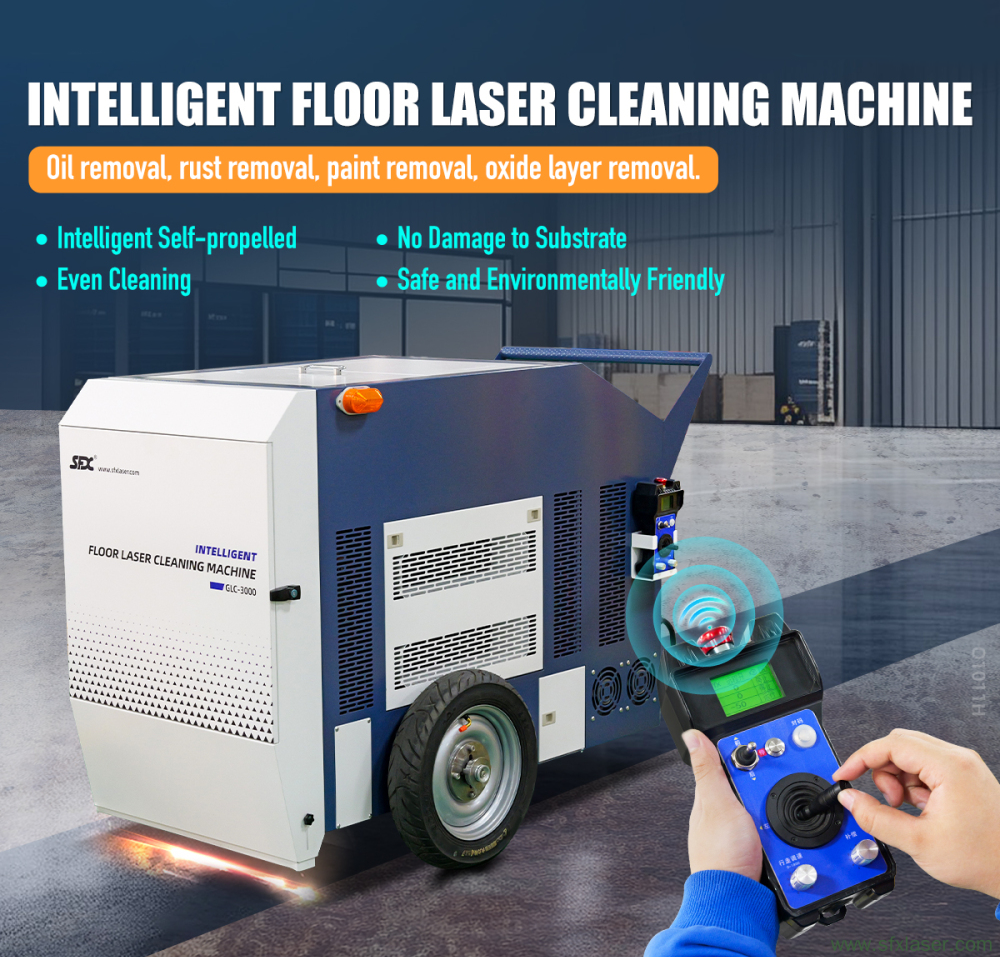
Hybrid Approaches
In some cases, combining both methods is the best solution. At a manufacturing plant, we used ultrasonic cleaning for small, intricate parts like fasteners, then switched to a laser for larger components like steel frames. This hybrid approach ensured thorough cleaning across all part types while keeping costs manageable. The total setup cost was $25,000 (versus $40,000 for lasers alone), and we reduced cleaning time by 35% compared to manual methods.
Final Thoughts
After years of working with both laser rust removal and ultrasonic cleaning, I can say there’s no one-size-fits-all answer to which is better—it depends on your specific needs. Lasers shine for large, flat surfaces, precision applications, and long-term cost savings, with minimal waste and negligible surface impact. Ultrasonics are unbeatable for intricate parts, lower upfront costs, and batch processing, though they require solution management. By assessing your parts, budget, and operational goals, you can pick the method—or combination—that delivers the best results.
If you’re in manufacturing, automotive, or marine industries, take a close look at your cleaning requirements. Test both technologies if possible, and don’t hesitate to consult with suppliers or experts to find the right fit. The right choice could save you time, money, and headaches while keeping your parts in top shape.
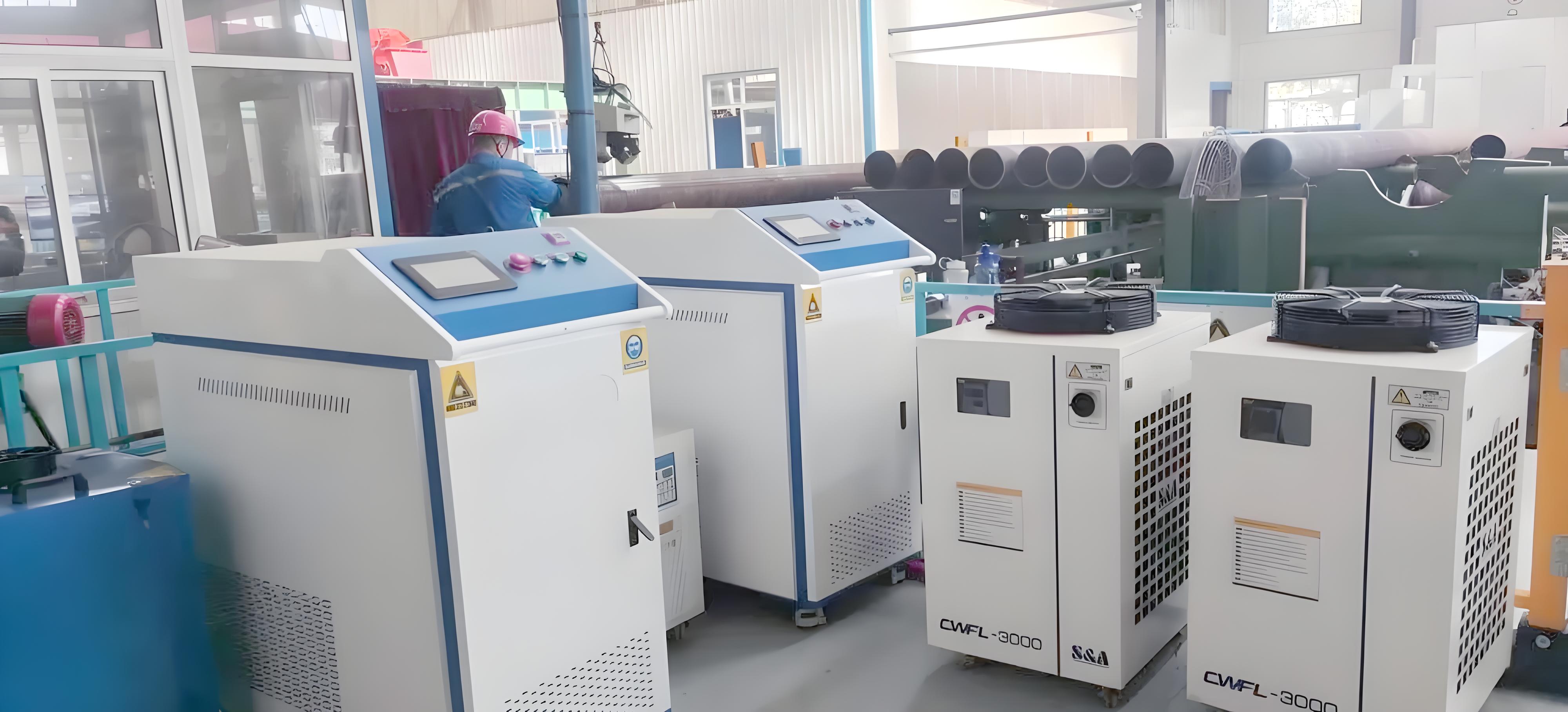
Related Questions and Answers
Q: Can I use laser rust removal and ultrasonic cleaning together?
A: Yes, they complement each other well. I’ve seen shops use ultrasonics for small, complex parts and lasers for larger surfaces, optimizing both speed and precision.
Q: How do I know if my parts are too delicate for either method?
A: Test a sample first. Lasers can damage soft metals like copper if settings are too high; ultrasonics can harm delicate finishes with aggressive solutions. Adjust settings or consult the manufacturer.
Q: Are there maintenance differences between the two?
A: Lasers require minimal maintenance (e.g., lens cleaning, ~$500/year), while ultrasonics need regular solution replacement and transducer checks (~$300-$800/year). Lasers are generally lower-maintenance.
Q: Which method is faster for cleaning large batches of small parts?
A: Ultrasonics are faster for batches, as you can clean dozens of parts in one cycle (5-30 minutes). Lasers are better for individual large parts but slower for small, complex batches.

